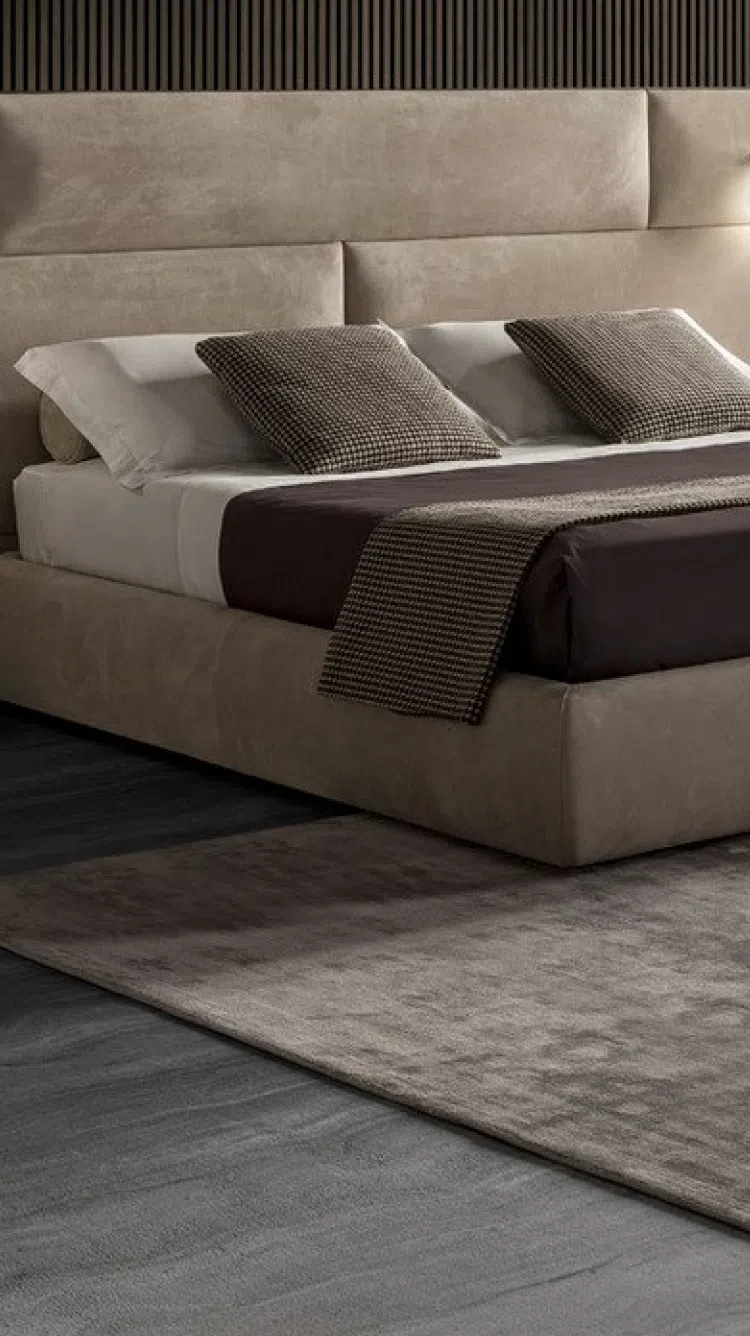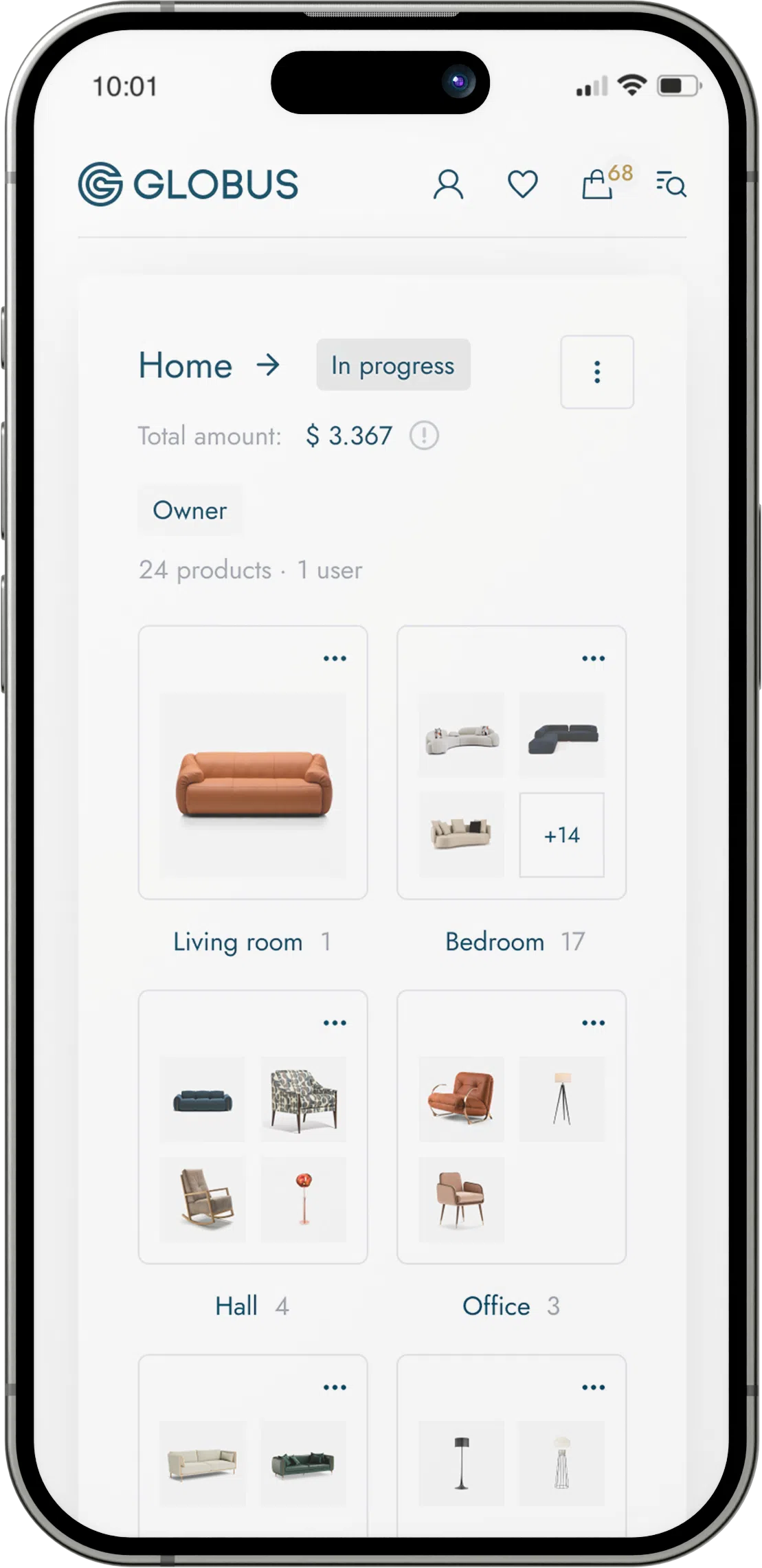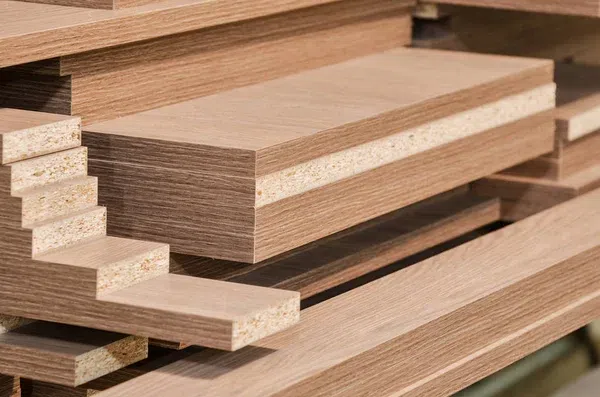MDF stands for Medium Density Fiberboard. It's an engineered wood product made by breaking down hardwood or softwood residuals into fine particles, combining these with wax and a resin binder, and then forming panels by applying high temperature and pressure. MDF is generally denser than plywood and can be used as a cost-effective alternative to solid woods in various applications such as cabinetry, furniture, molding, and more.
Characteristics of MDF include:
Uniformity and Smoothness: One of the primary advantages of MDF is its smooth surface, free from knots and grain patterns that are present in natural wood. This consistent texture makes it ideal for painting and veneering, as the finish will be uniform and free from imperfections.
Workability: MDF is easy to cut, drill, and machine without causing splinters or chipping which often occurs with plywood or solid wood. It can be shaped into intricate profiles for moldings and trim work, making it a versatile material for detailed work.
Stability: MDF doesn't warp or bow in conditions of temperature and humidity changes due to its homogeneous composition. This dimensional stability makes it a good choice for projects where consistency is key.
Density: The "medium density" in MDF refers to its weight and compression. It’s denser than particle board but not as heavy as high-density fiberboard (HDF), striking a balance that is sturdy enough for many furniture applications.
Affordability: In many cases, MDF is cheaper than solid wood or plywood, making it an economical option for budget-conscious projects.
Environmental Impact: MDF often uses leftovers from the lumber process (sawdust and chips) that might otherwise go to waste, which can be seen as a positive recycling aspect. However, the resins and glues used to bind the fibers are often formaldehyde-based, which can off-gas over time and pose health concerns.
Finish Options: MDF can be finished in a variety of ways including painting, veneering, and laminating. Due to its smooth surface, it's an excellent substrate for the application of veneers and laminates.
However, there are certain limitations to MDF:
- It is not as strong as solid wood and can sag under heavy loads, making it unsuitable for certain structural applications.
- Being porous, MDF can soak up water and other liquids like a sponge, swell and break down if not properly sealed.
- It requires special care while fastening; screws and nails may not hold as effectively in MDF as in plywood or solid wood.
- Cutting MDF generates a lot of fine dust, which can be harmful if inhaled; thus, proper protective gear and dust collection systems should be used during fabrication.
Due to its properties, MDF is widely used in the furniture industry, especially for interior applications, where humidity changes are minimal. It's often found in cabinets, shelves, desks, and doors. For areas where moisture is a concern, there are moisture-resistant (MR) MDF options available that are engineered to withstand humid conditions better than standard MDF.



